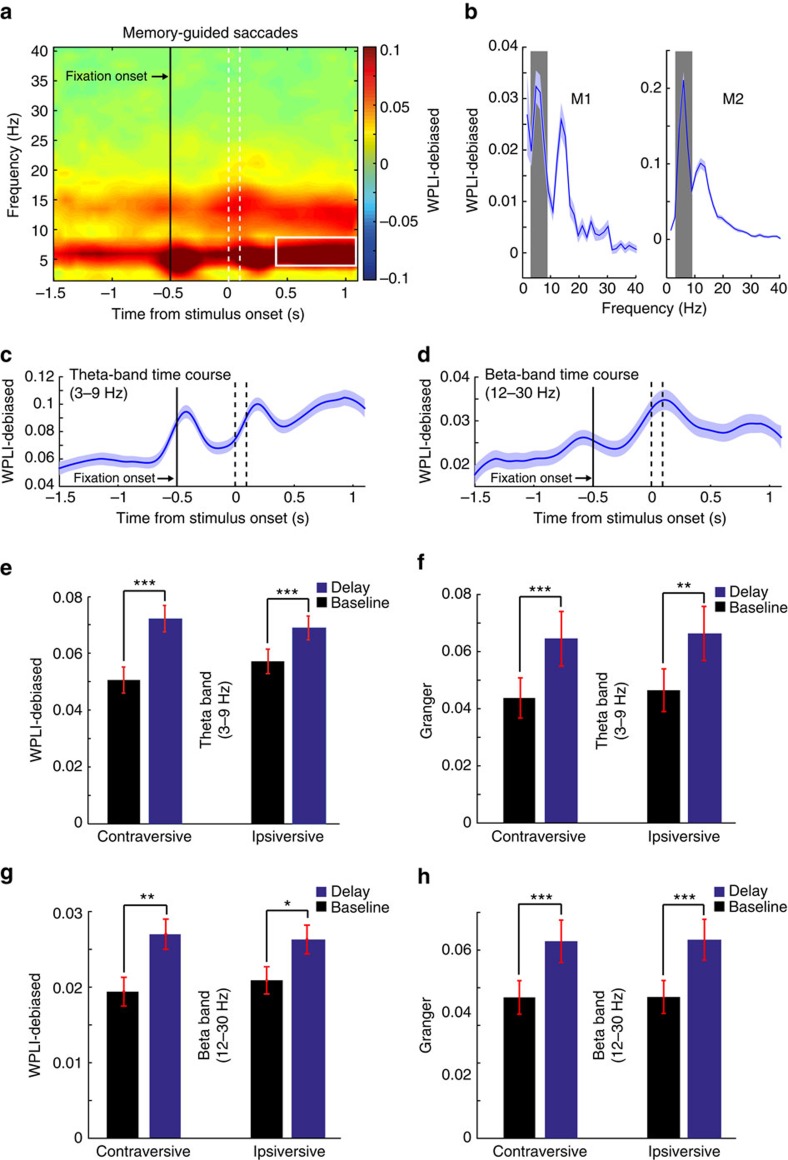Figure 3. Increased theta and beta coherence between ACC and FEF.
(a) Time-frequency spectrum of the WPLI-debiased coherence between the FEF and ACC in memory-guided saccade task for the population of ACC-FEF channel pairs (n=674). The white contour shows the area in which the subsequent analyses were performed (see Methods). The dashed lines demarcate the time of the onset and offset of the target stimulus. (b) WPLI-debiased FEF-ACC coherence spectrum of the individual monkeys in the delay period across all recording pairs (n=674). (c) Theta-band (3–9 Hz) time course of the ACC-FEF WPLI-debiased phase synchronization. (d) Beta-band (12–30 Hz) time course of the ACC-FEF WPLI-debiased phase synchronization. (e) Comparison of WPLI-debiased coherence between baseline and delay period of the contra- and ipsiversive memory-guided saccades (***P<0.001, t-test). Error bars indicate s.e.m. (f) Comparison of the overall Granger-causality influence of ACC over FEF (GACC→FEF−GFEF→ACC) between baseline and delay period of the contra- and ipsiversive memory-guided saccades (***P<0.001, **P<0.01, t-test, n=275). Error bars indicate s.e.m. (g) Comparison of beta-band WPLI-debiased coherence between baseline and delay period of the contra- and ipsiversive memory-guided saccades (**P<0.01, *P<0.05; t-test). Error bars indicate s.e.m. (h) Comparison of the beta-band overall Granger influence of ACC over FEF (GACC→FEF−GFEF→ACC) between baseline and delay period of the contra- and ipsiversive memory-guided saccades (***P<0.001; t-test). Error bars indicate s.e.m.

